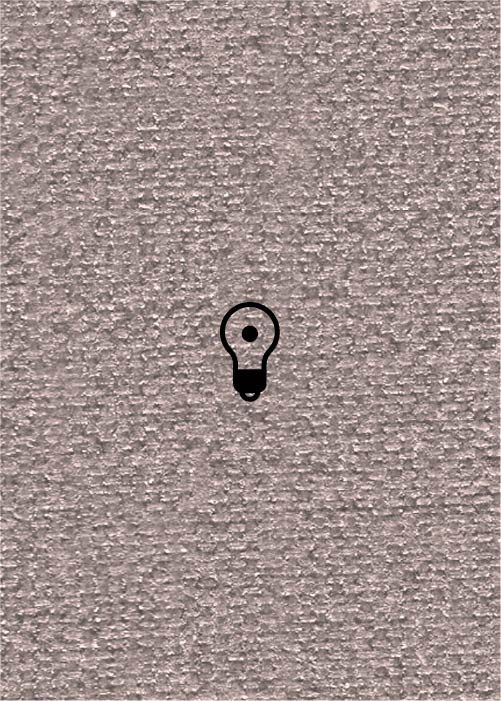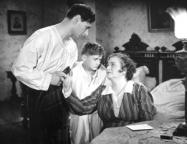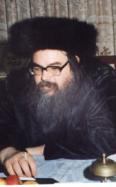(283 results found)
Almonds and Raisins
… Many of these films deal with issues that arose with the eastern European Jewish immigrants who arrived in New York in the …
A letter to mother - A Brivele der Mamen
… Niggun … Immigration … World War I - 1st World War - WW1 … Eastern Europe … A letter to mother - A Brivele der Mamen …

Freylekhs
… comprised the core of the traditional Klezmer repertoire in Eastern Europe, and were the most popular amongst the Dance tunes . … a researcher of Klezmer culture and the Ashkenazi dance in Eastern Europe and in the U.S., the Freylekhs dance has a …
Admor
… and material levels. In the geographic conditions of Eastern Europe, the pilgrimage to the Tsadik was, as determined by …

Responsorial Singing
… melodies. Although the responsorial form declined in Eastern Europe, largely due to the dominating musical role of the ḥ …
Ofer Ronen
… and performing with a fusion of musics between middle eastern Jewish and Arab musics, flamenco, and sephardic … performed in several festivals and venues in Israel and Europe. His group Ancient Groove received the KunstenIsrael …
Moyshelekh Un Shloymelekh (part 2)
… a chilling reference to the old Jewish communities of Eastern Europe that vanished in the Holocaust. It can also be …
Ner Haviv, Ner Na'eh
… connected to the ‘Ades’ synagogue , an important center of eastern hazzanut . Among other songs Avidany wrote ‘Nagila … songs that were written by poets of the Haskalah in Eastern Europe, and later on in Erets Yisrael and in the …
Shofet Kol Ha'aretz
… source apparently moved eastwards, as it contains many Eastern Ashkenazi texts added later in its margins. Through … Ashkenazi liturgical poems such as Shofet kol ha’aretz to Eastern Europe. When Shofet kol ha’aretz appeared in printed prayers …
Shofet Kol Ha'aretz
… their reminiscences of Biblical chant. The “alternative” Eastern European melody of Shofet kol ha’arez bears the unmistakable … melodies, the “common” or Western and the “alternative” or Eastern, one have some common features: interesting motivic …










